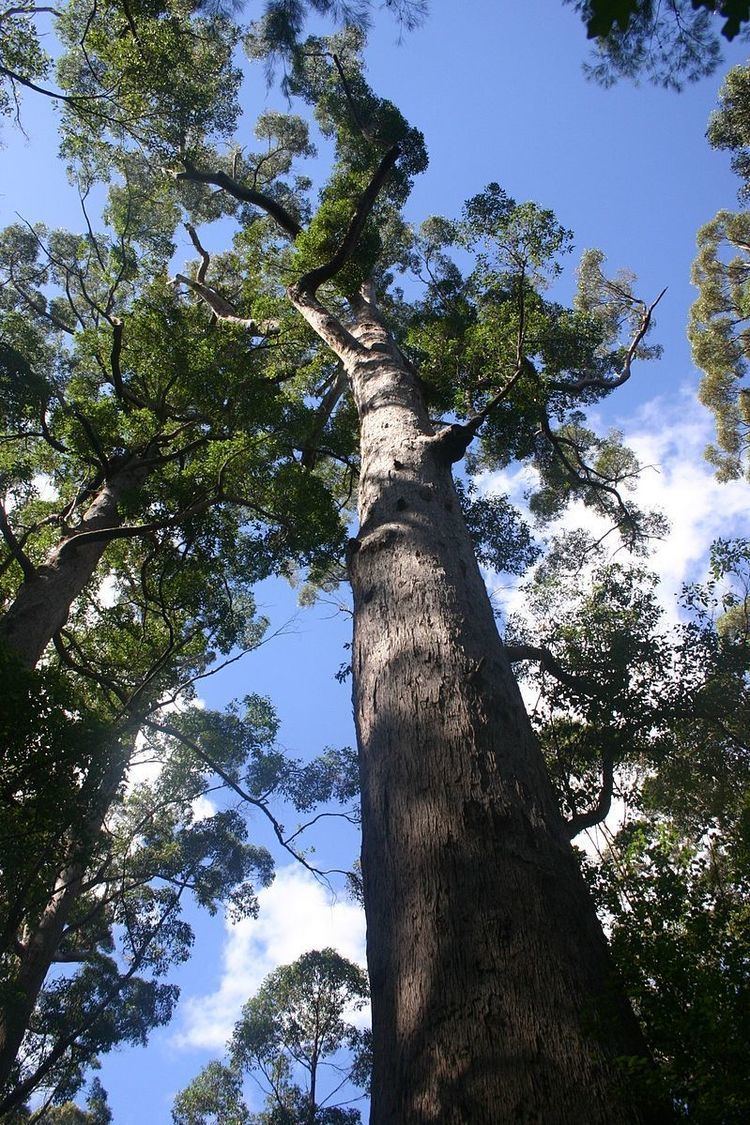Kingdom Animalia Suborder Mygalomorphae Family Migidae Scientific name Moggridgea tingle Rank Species | Class Arachnida Superfamily Migoidea Genus Moggridgea Phylum Arthropoda Order Orb-weaver spider | |
 | ||
Similar Moggridgea, Migidae, Trapdoor spiders | ||
Moggridgea tingle, also called the Tingle trapdoor spider is a small, basal spider endemic to the tingle and karri forest of southwestern Australia. This migid was first recorded in the 1990s.
Contents
Description
Moggridgea tingle is less than 10 millimetres long, the female carapace length is 2.6 - 3.1 mm. The carapace and legs are black and shiny. West Australian species of the Migidae family remained undiscovered until 1990 and were first described and named by Dr Barbara Main in 1991. M. tingle was discovered by accident in a laboratory analysis of another arachnid and the bark in which it was living, the spider was noticed when it emerged as the sample was discarded. The specific epithet is derived from the common name 'tingle', the tree from which the bark was taken.
Distribution
The migid is found at four sites in the Walpole-Nornalup National Park residing in the soil or the bark of a Eucalyptus tree, the Red tingle Eucalyptus jacksonii. The spider's habitat is located within the Tingle and Karri (Eucalyptus diversicolor) forests of the Warren region, a biodiversity hotspot containing other species of gondwanan heritage. Another species (possibly several) of Moggridgea have been, living further south, in the Stirling and Porongurup Ranges. The closest extant relatives of the spider are found at Kangaroo Island, Socotra and in southern Africa.
Ecology
Moggridgea tingle live within the topsoil or in the fibrous bark of Eucalyptus jacksonii (Tingle trees), constructing nests of silk tubes. These tubes, up 20 mm long, have an opening at the surface of the bark or soil with a hinged 'trapdoor' cover made of moss, bark and the spider's silk. It is found in damp and shady locations.
M. tingle is vulnerable to fire and habitat destruction associated with roads. Planning exists to reduce damage to the species habitat during fire management operations such as 'prescribed burns'. It has a status of endangered due to destruction of habitat.
